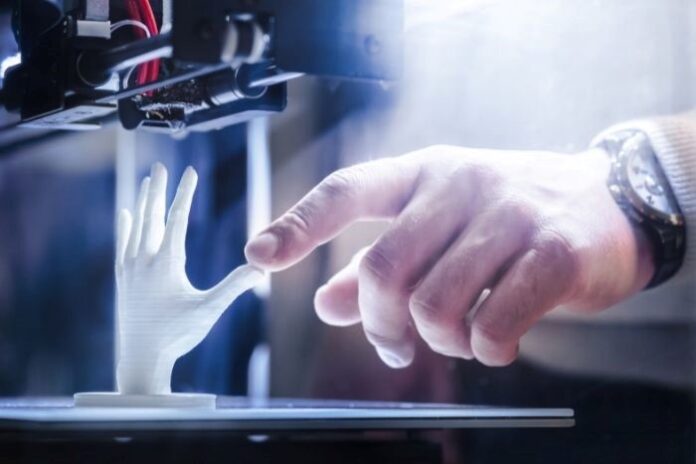3D printing has a series of benefits that manufacturing professionals shouldn’t ignore. Discover why 3D printing is the future of the manufacturing industry.
Since its conception in the 1980s, 3D printing has become the standard way to manufacture parts in several different industries. However, manufacturing plants have yet to fully make the switch. Despite the benefits this technology provides in both the prototyping and creation phases of the manufacturing process, only about two-thirds of these companies currently use it. Read on to learn why 3D printing is the future of the manufacturing industry and what advantages these companies gain from making the switch.
Increased Production Efficiency
To begin, 3D printing allows companies to produce their products at a much faster rate. This is because a quality 3D printer can print the exact design they need on the first try. With a detailed blueprint to follow and the right settings, this technology creates models several times faster than other types of machinery and greatly reduces the margin for error. This helps produce more products per business day to accommodate rising sales and eliminates extra spending on wasted materials. So, they can even help your business save money as well.
Decreased Maintenance Needs
3D printers also require fewer repairs and less maintenance than traditional manufacturing equipment. Since these machines are compact and operate according to their exact settings, they’re less likely to sustain damage while running. Additionally, they print automatically, reducing the potential for breakage in relation to human error. By cutting your maintenance needs, you obtain a much more reliable manufacturing process.
Superior Strength and Flexibility
Another vital reason why 3D printing is the future of the manufacturing industry is due to the strength and flexibility of its materials. Traditionally, products and parts consist of some of the strongest metals you can buy. However, recent 3D printing filaments contain many of the same characteristics without the extra cost of steel. These pliable resources can support hundreds of pounds and are flexible enough to stay in one piece after large amounts of stress.
Advanced Range of Versatility
3D printing filaments also come with a wide range of diversity in terms of use. From commercial products to high-stress parts for vehicles and planes, using a quality filament ensures that the result can handle almost anything. This allows you to accommodate your current consumers, potentially offer new product lines, and cater to new markets. As such, 3D printing technology sets the stage for your business to grow and achieve success.
Each of these characteristics ensures that 3D printing is the future of the manufacturing industry. No matter what stage of the production process you’re in, these devices work hard to keep things running as smoothly as possible. That’s why it’s only a matter of time until they take over the industry entirely.















